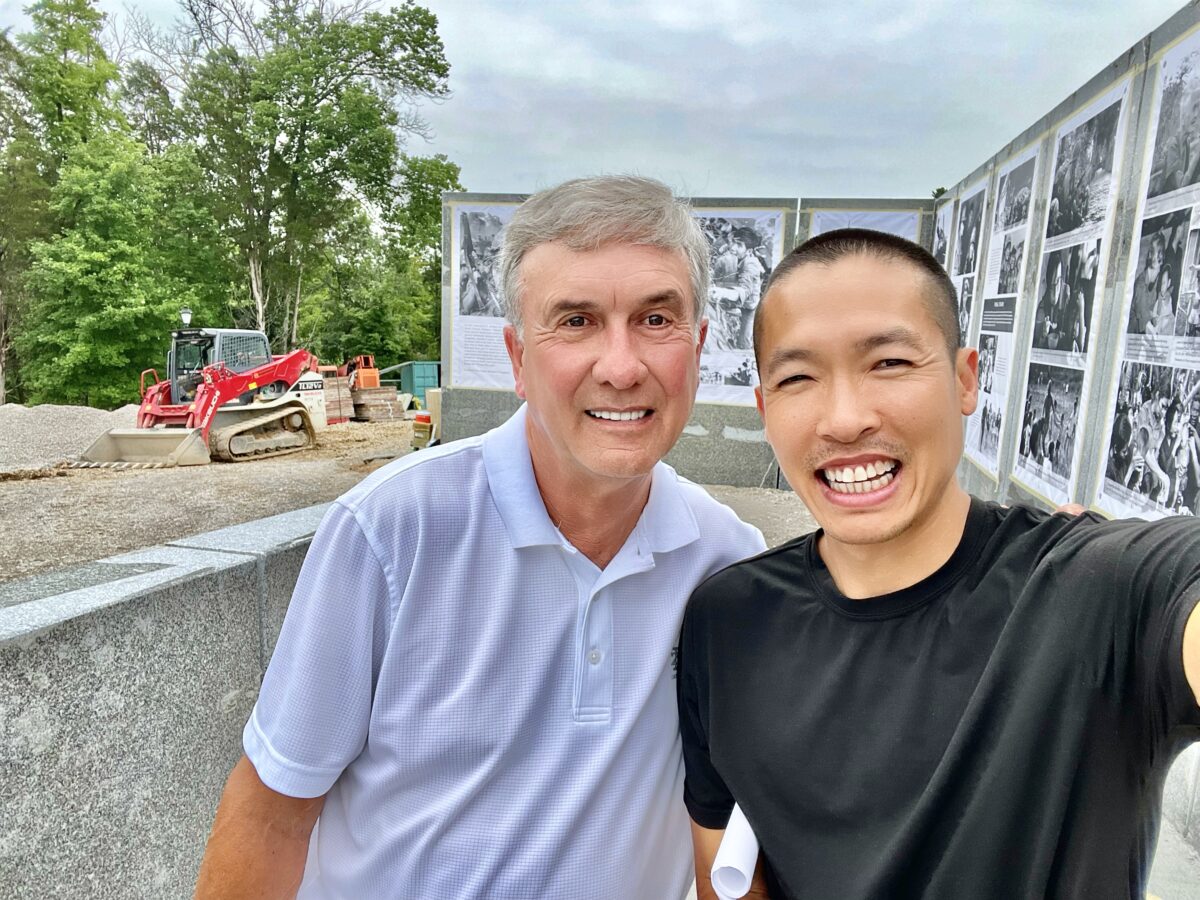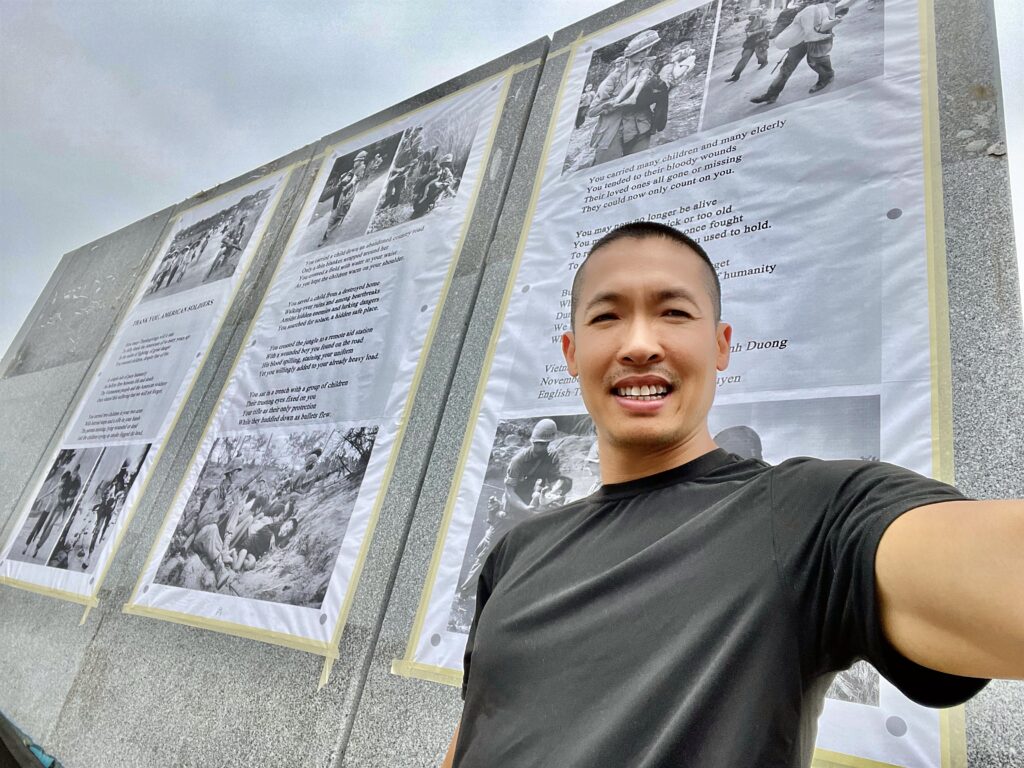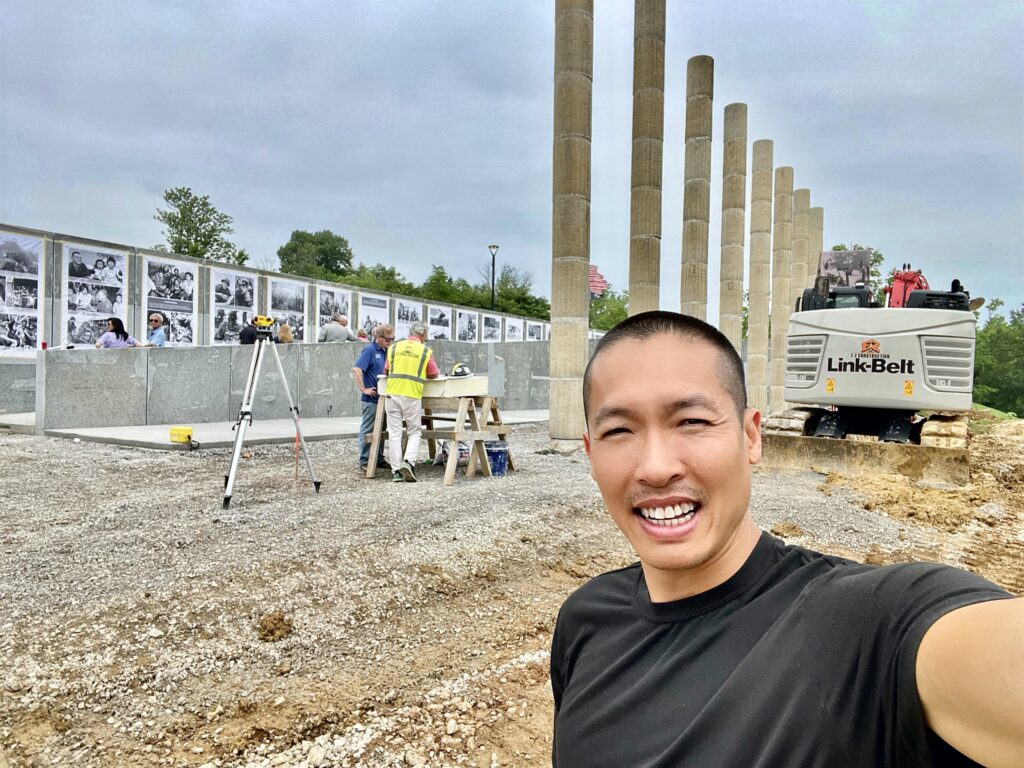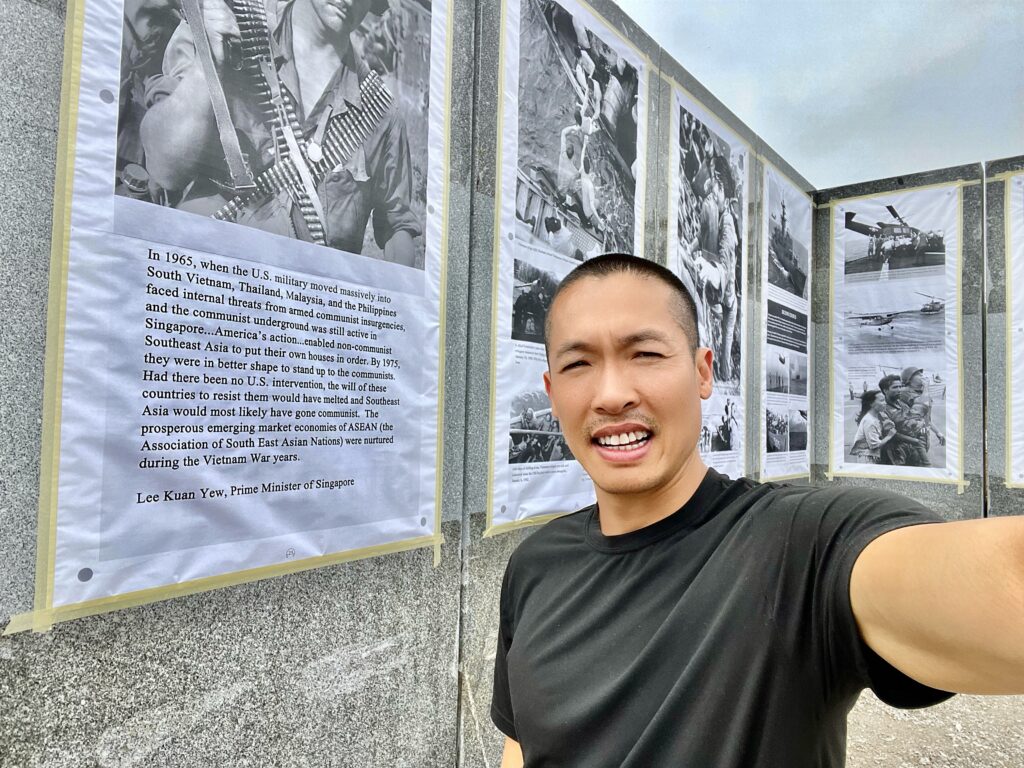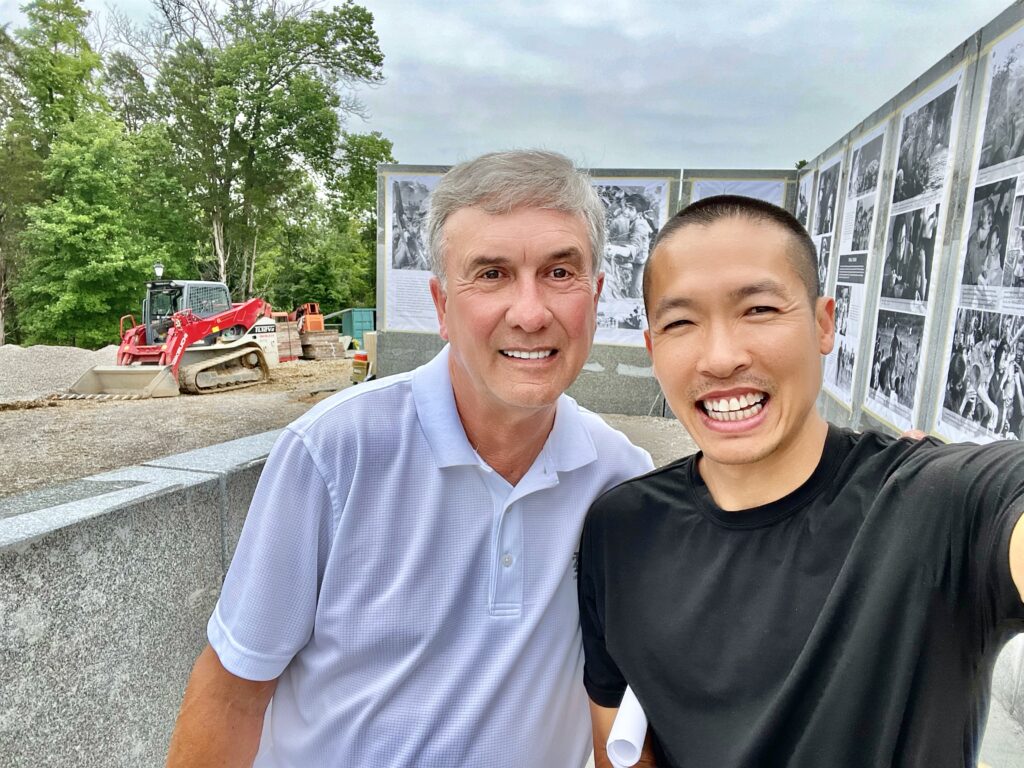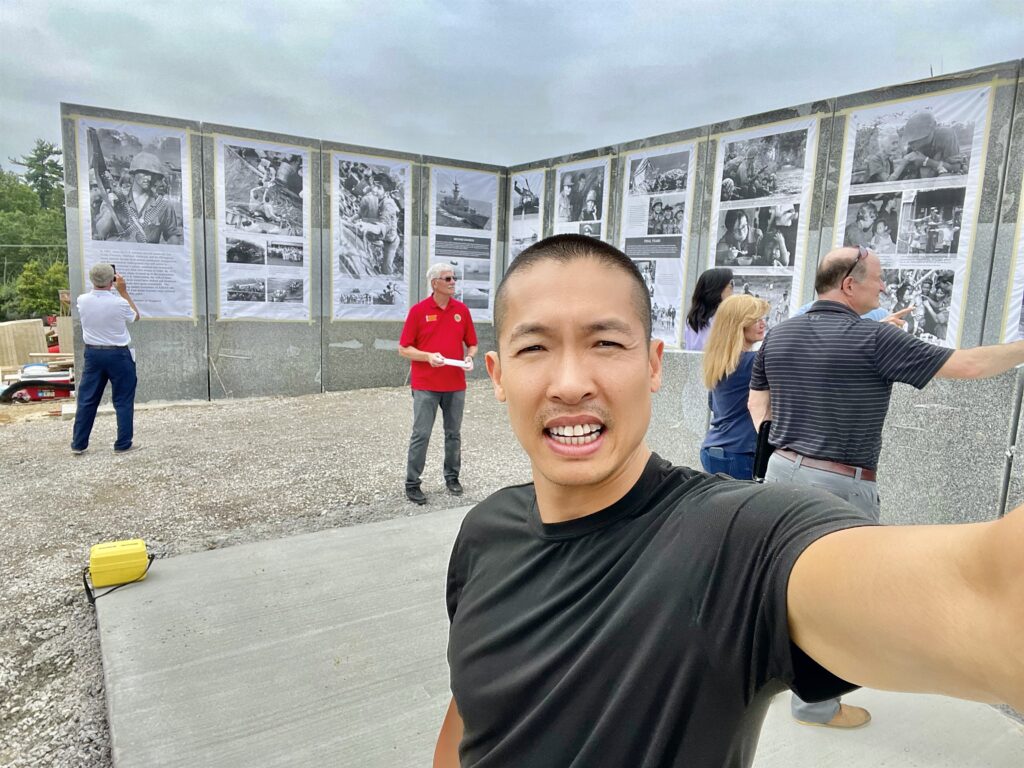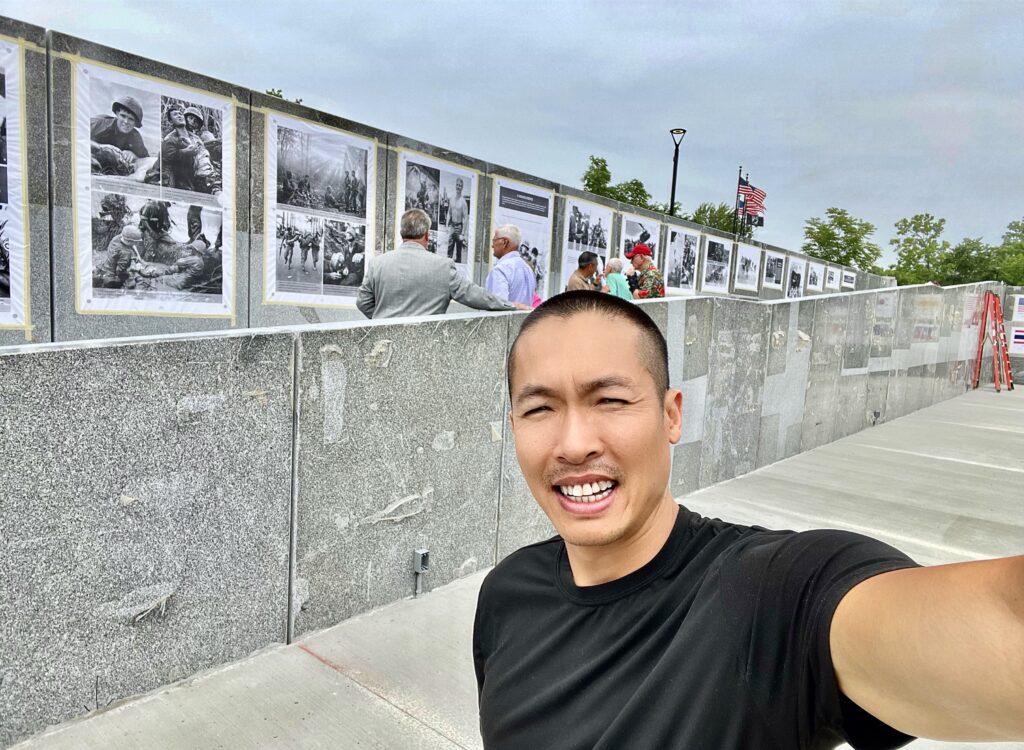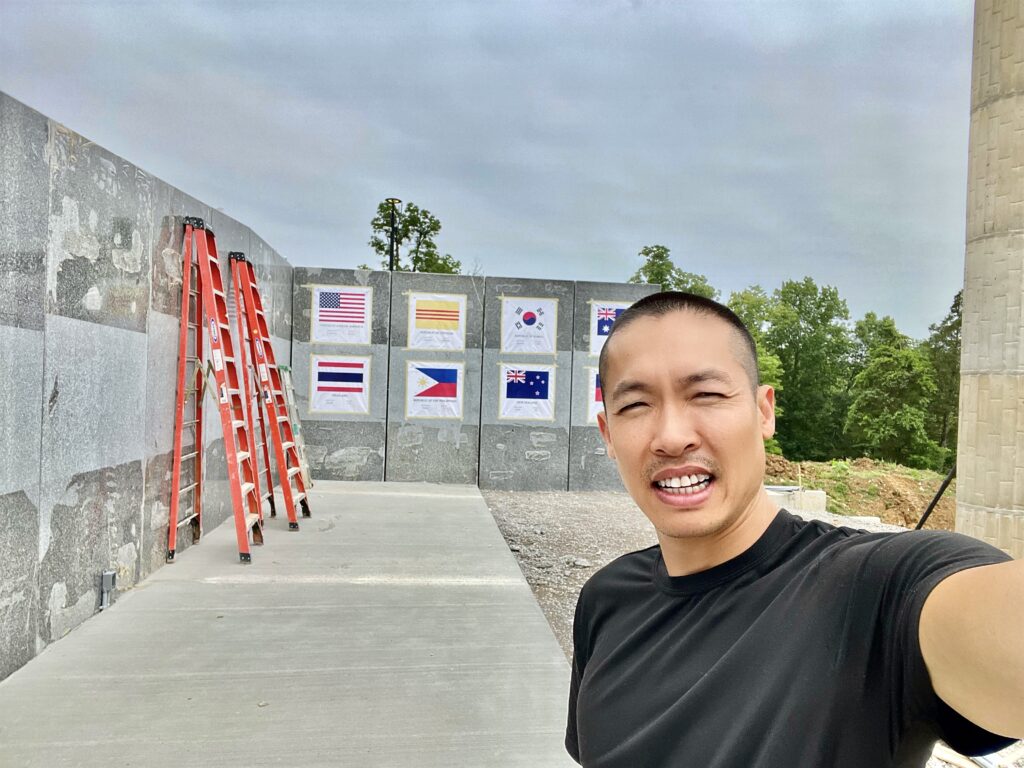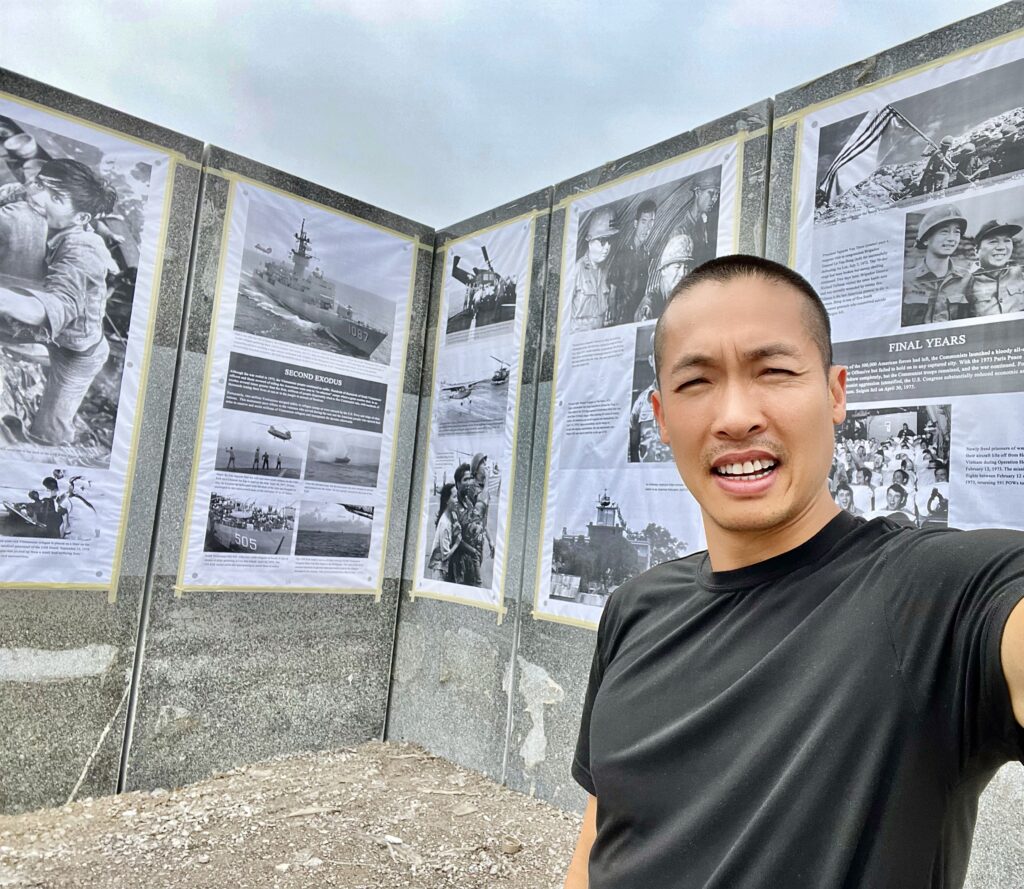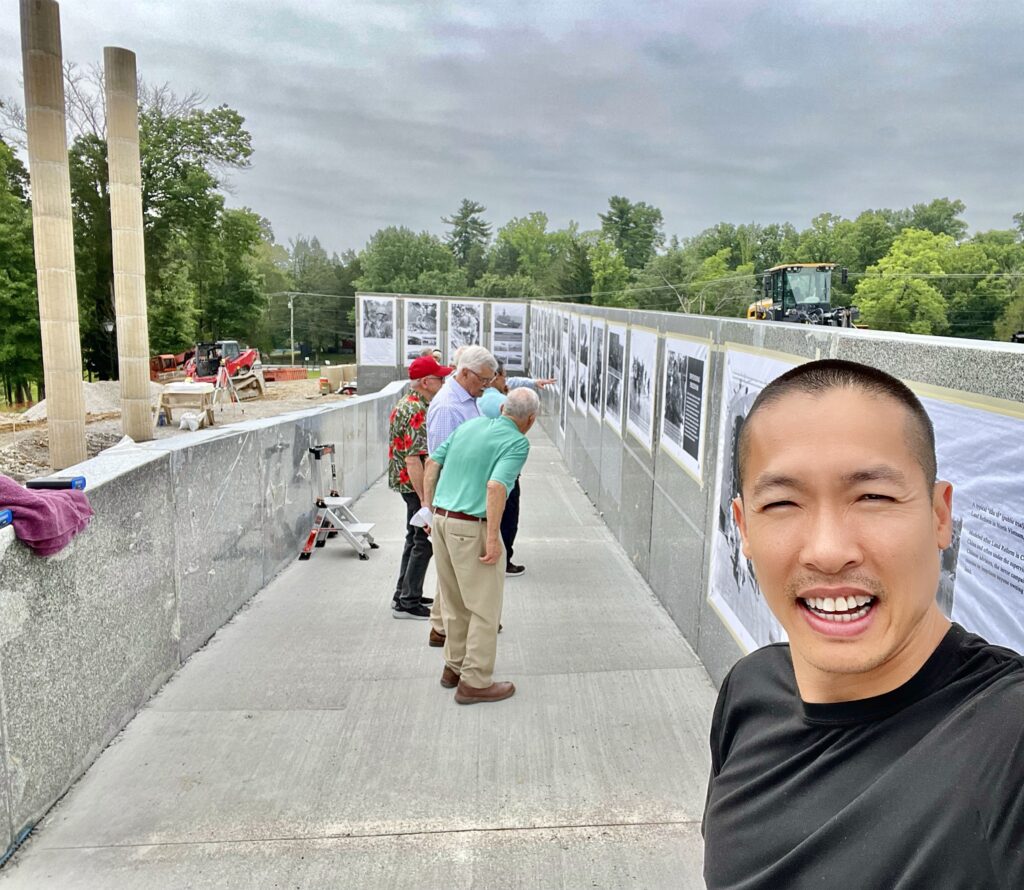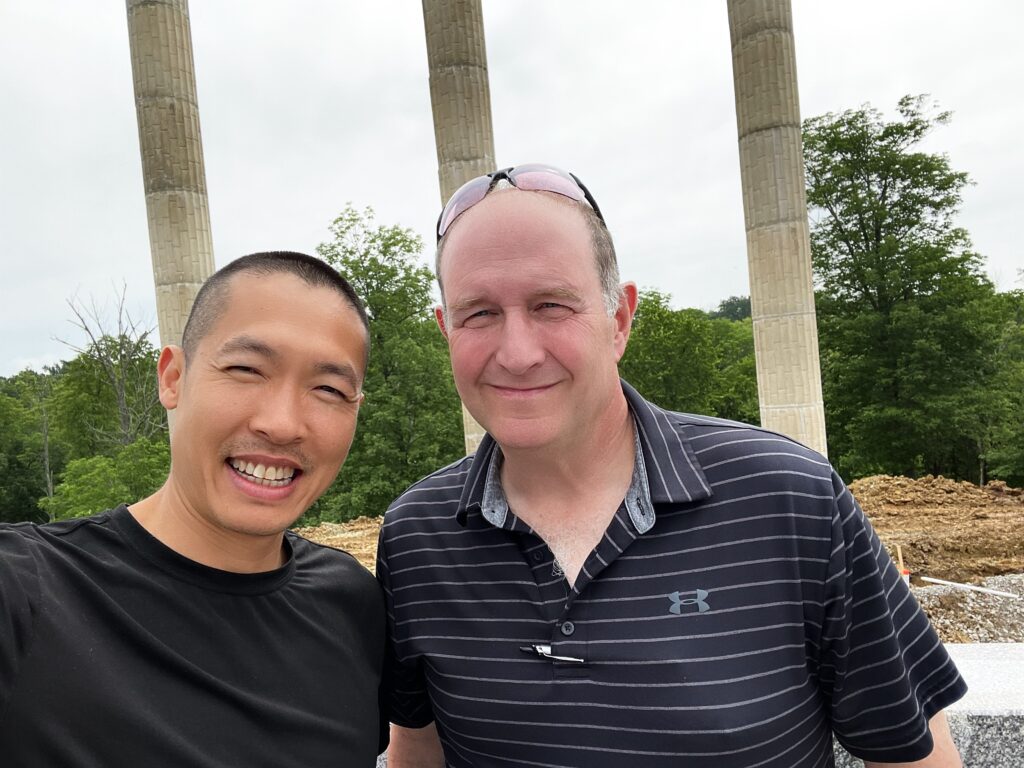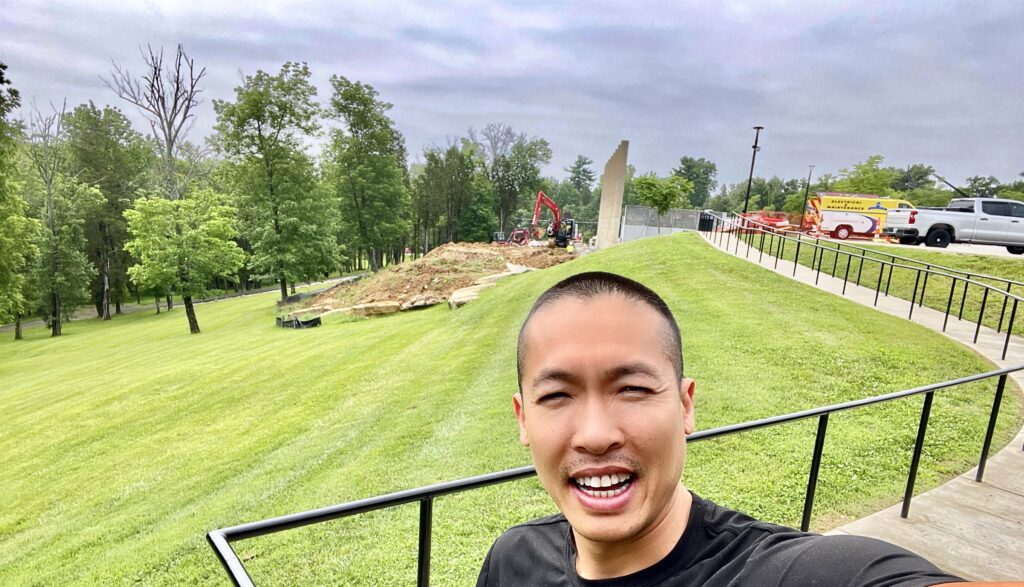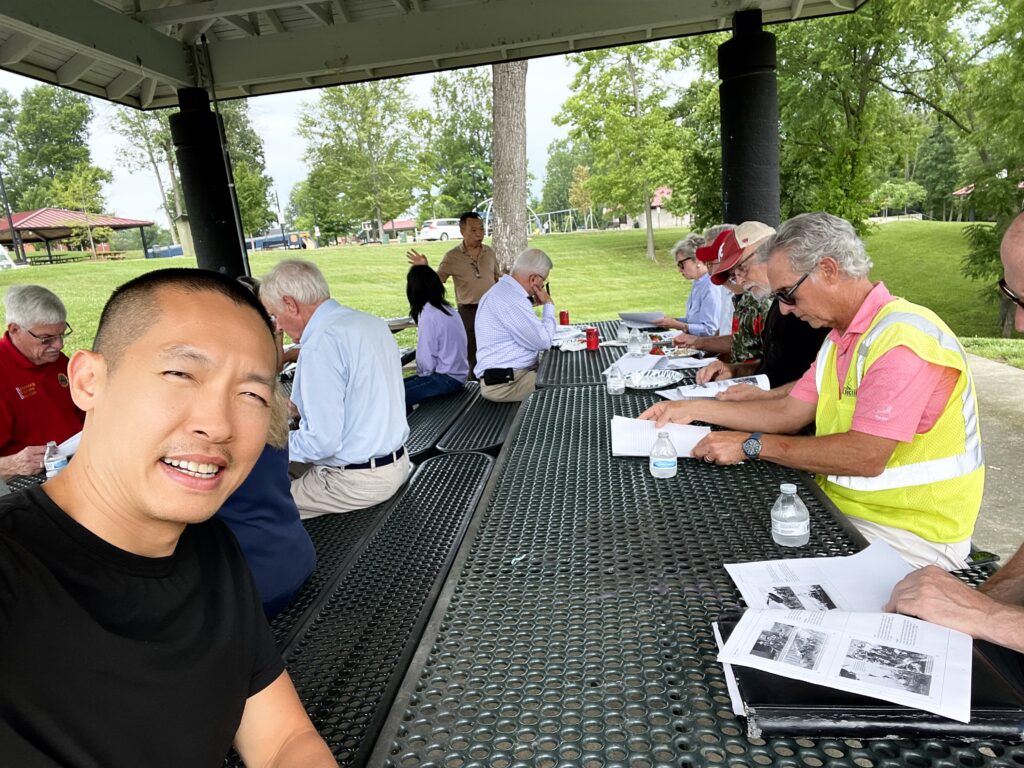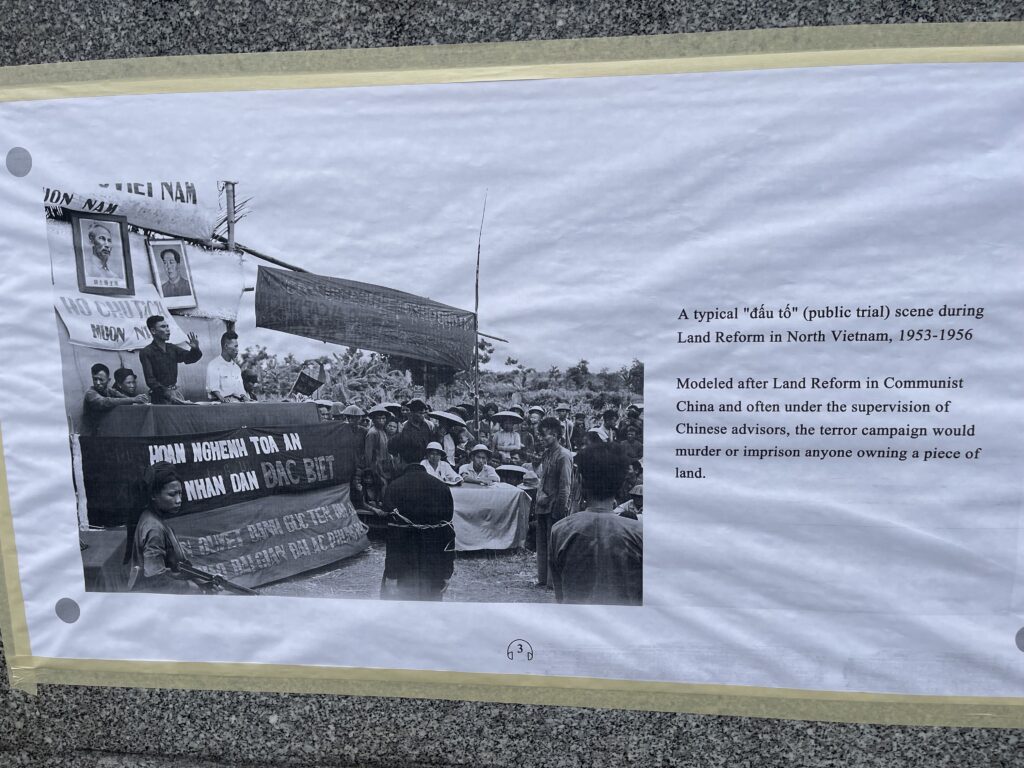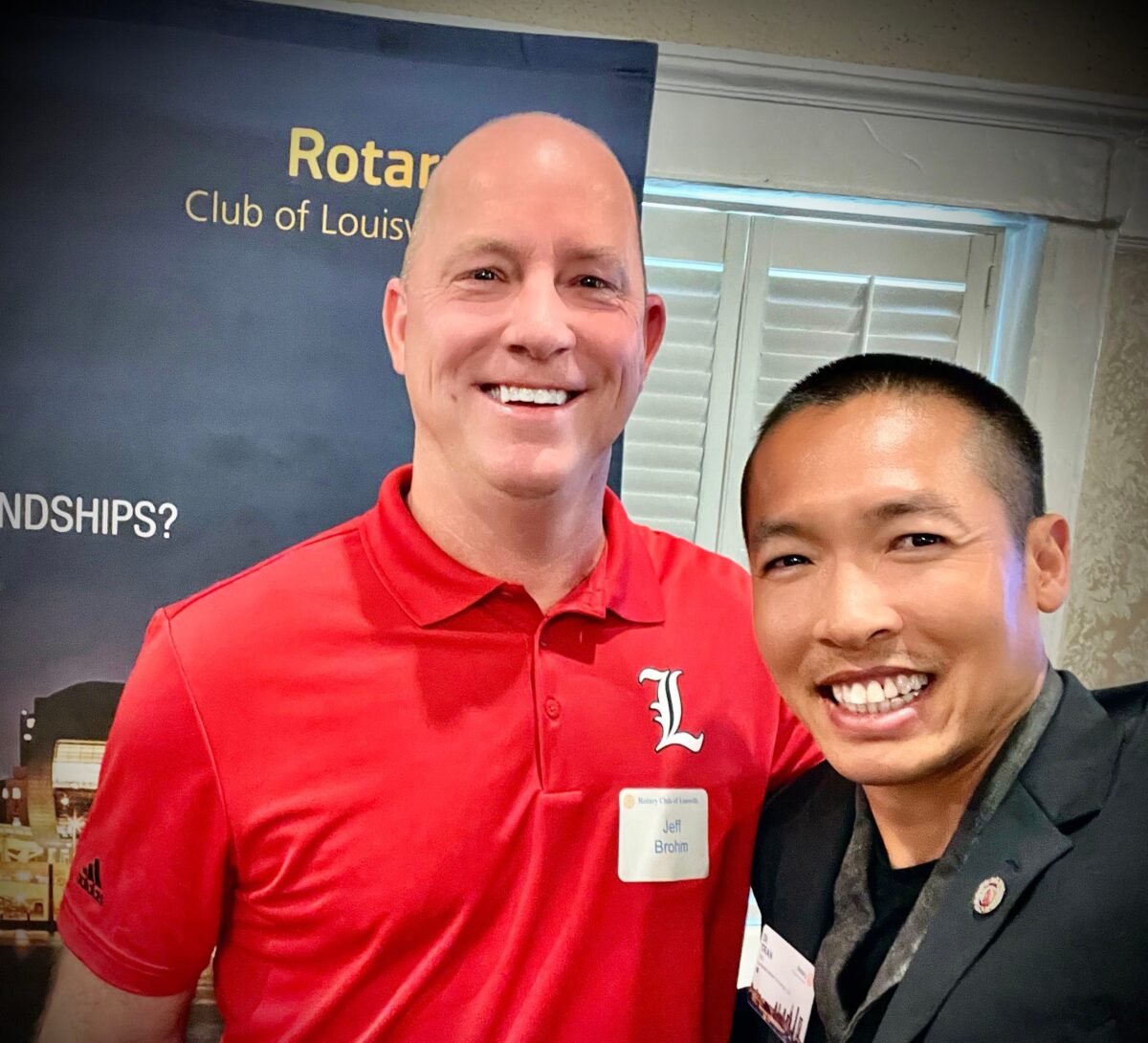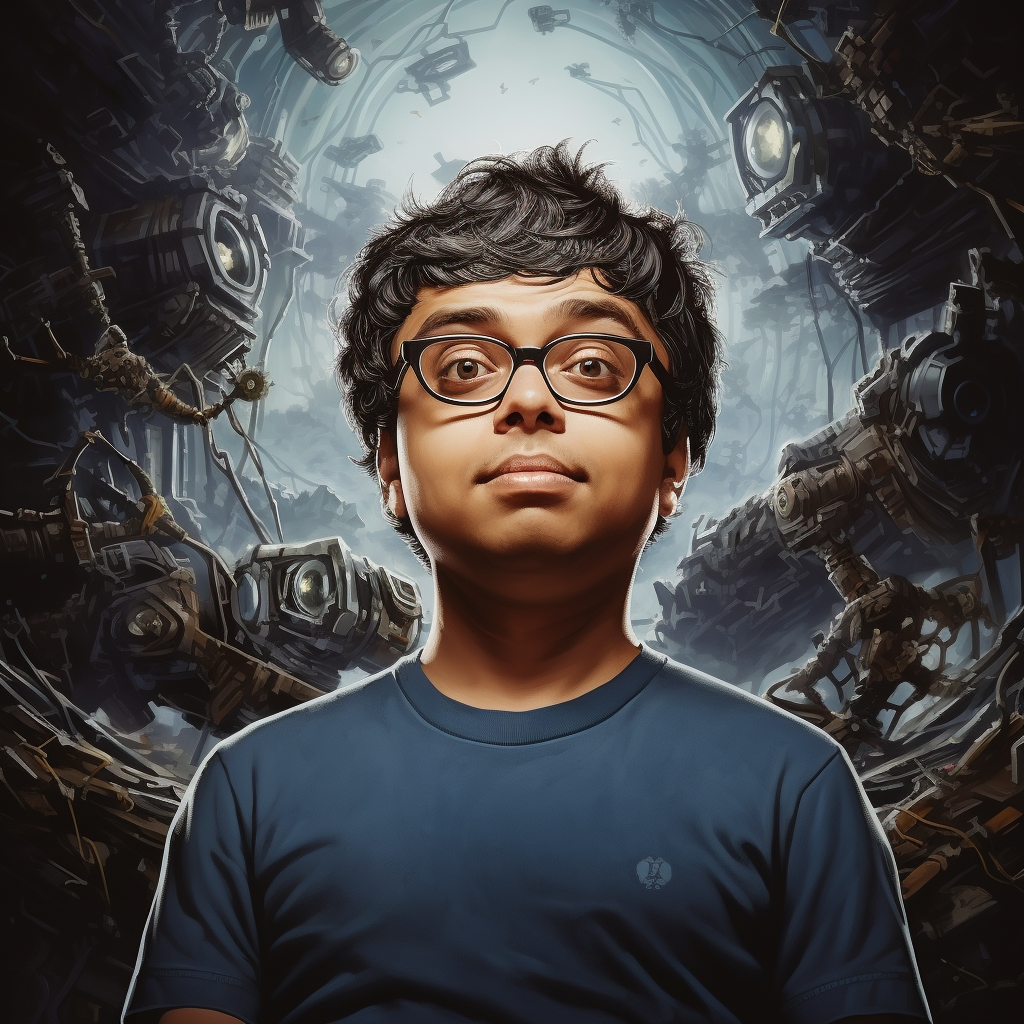Deepak Malhotra, a revered professor at Harvard Business School, has redefined the essence of negotiation. His approach, steeped in human interaction, understanding, and the desire for better agreements, provides essential insight for Di Tran’s forthcoming book, “Drop the FEAR and Focus on the FAITH.”
Human-Centric Negotiation
Negotiation, in the eyes of Malhotra, stems from human interaction. It’s not about winning, but rather fostering understanding, mutual gain, and relationships. These principles mirror the ones in Tran’s book, in which he encourages readers to abandon fear and embrace faith.
Malhotra proposes that it’s not reaching the ‘right’ answer that should be rewarded, but the process of forming good arguments. This idea promotes an environment of intellectual curiosity and open dialogue.
Key Aspects in Negotiation
Malhotra pinpoints several crucial facets of negotiation, all of which can be mirrored in Tran’s exploration of faith and fearlessness.

- Value Proposition: Malhotra invites negotiators to contemplate the implications of a no-deal situation, underlining the significance of understanding and communicating one’s value. Tran, in his book, prompts readers to recognize their inherent worth to help overcome fear.
- Process versus Substance: Malhotra counsels negotiators to focus on the process rather than the outcome. This approach aligns with Tran’s message of concentrating on the journey of faith, rather than solely the destination.
- Learning First: According to Malhotra, negotiation should begin with learning, not confrontation. This mirrors Tran’s advocacy for understanding, acceptance, and open-mindedness in faith.
- The ‘Why’ Factor: Understanding the ‘why’ is more significant than the ‘what’ for Malhotra. Similarly, in Tran’s work, exploring the ‘why’ behind fear can aid in conquering it and reinforcing faith.
- Empathy: Malhotra stresses the need for empathy in negotiation – to grasp the constraints of the other party and offer assistance. Tran also emphasizes the power of empathy in building faith and eliminating fear.
- Rationality Assumption: Malhotra recommends negotiators to view the other party as rational and seek to comprehend their needs and interests. This viewpoint aligns with Tran’s encouragement for readers to understand others’ perspectives, thereby reducing fear and fostering faith.
- Problem-Solving: Malhotra’s approach suggests that the problems of the other side become your own in a negotiation. Assisting in resolving these issues can lead to successful outcomes. Tran echoes this sentiment, urging readers to face their fears head-on and solve them as a way of nurturing faith.
- No Ultimatums: Malhotra cautions against ultimatums, advocating for negotiators to leave room for future dialogue. Tran similarly advises readers to steer clear of ultimatums, embracing uncertainties with faith instead.
- Reasoning Over Rejection: Rather than outright rejection, Malhotra encourages negotiators to offer explanations, nurturing understanding and conversation. Tran advocates the same in dealing with life’s challenges, offering constructive responses over outright refusal.
- Honesty: Malhotra underlines truthfulness as an essential part of negotiation ethics. Tran also emphasizes honesty as key in overcoming fears and establishing faith.
- Expecting Greatness: Malhotra advises negotiators to perceive their counterparts as competent while striving to be better. This aligns with Tran’s philosophy, where seeing greatness in others can help dissolve fear and inspire faith.
In conclusion, Deepak Malhotra’s principles of negotiation provide insightful lessons for Di Tran’s forthcoming book, “Drop the FEAR and Focus on the FAITH.” By emphasizing empathy, honesty, a learning mindset, and problem-solving, we can face fears, strengthen faith, and lead more fulfilling lives.








